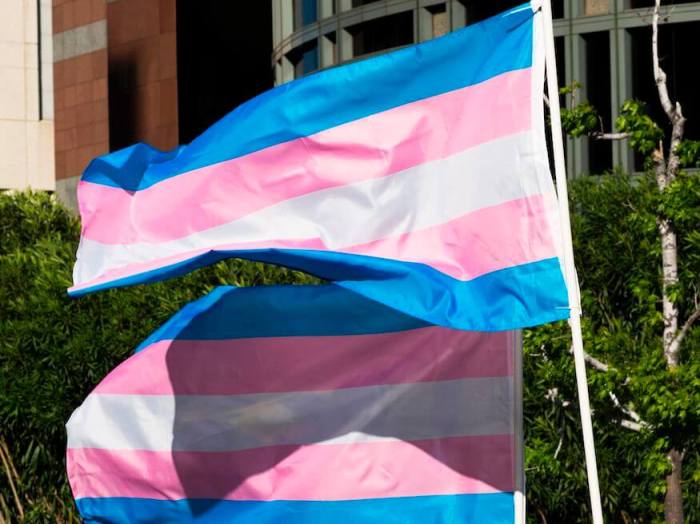Despite campaign trail promises to fight for LGBTQ individuals, President Trump’s actions toward the community, especially transgenders, have been quite the opposite.
First, Trump removed Obama-era bathroom protections for transgender students in February. Last week, he announced via Twitter he would ban transgender personnel from serving in the U.S. military.
After consultation with my Generals and military experts, please be advised that the United States Government will not accept or allow……
— Donald J. Trump (@realDonaldTrump) July 26, 2017
….Transgender individuals to serve in any capacity in the U.S. Military. Our military must be focused on decisive and overwhelming…..
— Donald J. Trump (@realDonaldTrump) July 26, 2017
….victory and cannot be burdened with the tremendous medical costs and disruption that transgender in the military would entail. Thank you
— Donald J. Trump (@realDonaldTrump) July 26, 2017
While the Pentagon is awaiting official orders on the proposed ban, both declarations have made many Americans uneasy — especially the youngest members of the LGBTQ community.
“It’s sending a tremendous amount of negative imaging around transgender folks that being transgender, that the identity in and of itself is a burden, that who you are is less than, that you should not have access to the same responsibilities, rights and opportunities that cisgender people have,” said Dr. Aron Janssen, child psychiatrist and director of the Gender and Sexuality Service at the Child Study Center at NYU Langone Health.
Since the election, the Child Study Center, which launched in 1997 and serves kids from age 2 through young adulthood, has seen an uptick in discussions about Trump.
“I’m hearing kids tell me that they’re fearful about what this will mean for their future, what it will mean for their safety, what it will mean when school starts back up in the fall with this a topic of conversation,” Janssen said.
With the new school year just around the corner — and incidents around the country in which students use the president’s own words to harass and bully their classmates on the rise — parents and providers need to have an open discussion with their kids, both trans and cis.
“I always suggest that parents ask a lot of questions. Kids understand a lot more than adults often give them credit for,” Janssen said. “They have reactions, thoughts, feelings. It’s our job to help elicit those and support them, but not to rush to conclusions.”
But don’t get hung up on how to go about asking questions, Janssen warned.
“There’s never going to be a ‘right’ way of doing this, I think just doing it at all is enough,” he said. He suggests saying, “You heard about the transgender ban. What do you think about that?” or “What kind of discussions are you and your friends having about this?”
How to address transgender bullying
Responding to bullying is not the victim’s responsibility, Janssen said.
“It is the system’s responsibility, the adults who are tasked with providing a safe educational environment for children,” he said. “This is about adults educating themselves and other students and creating a culture where bullying is not tolerated, that bystanders to bullying are empowered to speak up when they see it happening and that there are actual consequences in place when bullying occurs.”
Both Gov. Andrew Cuomo and Mayor Bill de Blasio vowed to uphold transgender protections they put in place regardless of Trump, “but those in the broader community that don’t have those support and advocacy efforts are much more vulnerable,” Janssen said. “The rights that kids had, even just six months ago, are really untenable and on unsteady ground.”
To that end, “parents and teachers and medical and mental health providers and concerned citizens have a responsibility to stand up for these kids and say, ‘We will support you, we will love you, we will allow you to be who you are,’” Janssen added.


















